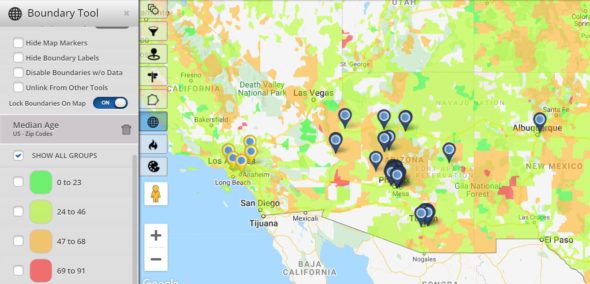Read More Breaking Marketing News
Maverick's Morning Thoughts
How Local Service Companies Determine the Size of their Local Market
Maverick Steffen - 12/14/2023

Step 3: Identifying the Target Demographic Green Thumb targets homeowners, a segment comprising 60% of Springfield’s population. Therefore, their primary market is 150,000 × 60% = 90,000 potential customers.
Step 4: Income-Based Market Calculation They focus on households earning over $50,000 annually, which makes up 50% of their target demographic. This reduces their addressable market to 90,000 × 50% = 45,000 households.
Step 5: Pricing Considerations Green Thumb's services are priced at a premium, aligning with the spending habits of their target income bracket. Market research supports this pricing strategy.
To your success!

DOMINATE and WIN with MAVERICK
Learn how to use marketing to get whatever you want.

Ready to DOMINATE and WIN?
Privacy Policy: We hate spam and promise to keep your email address safe.